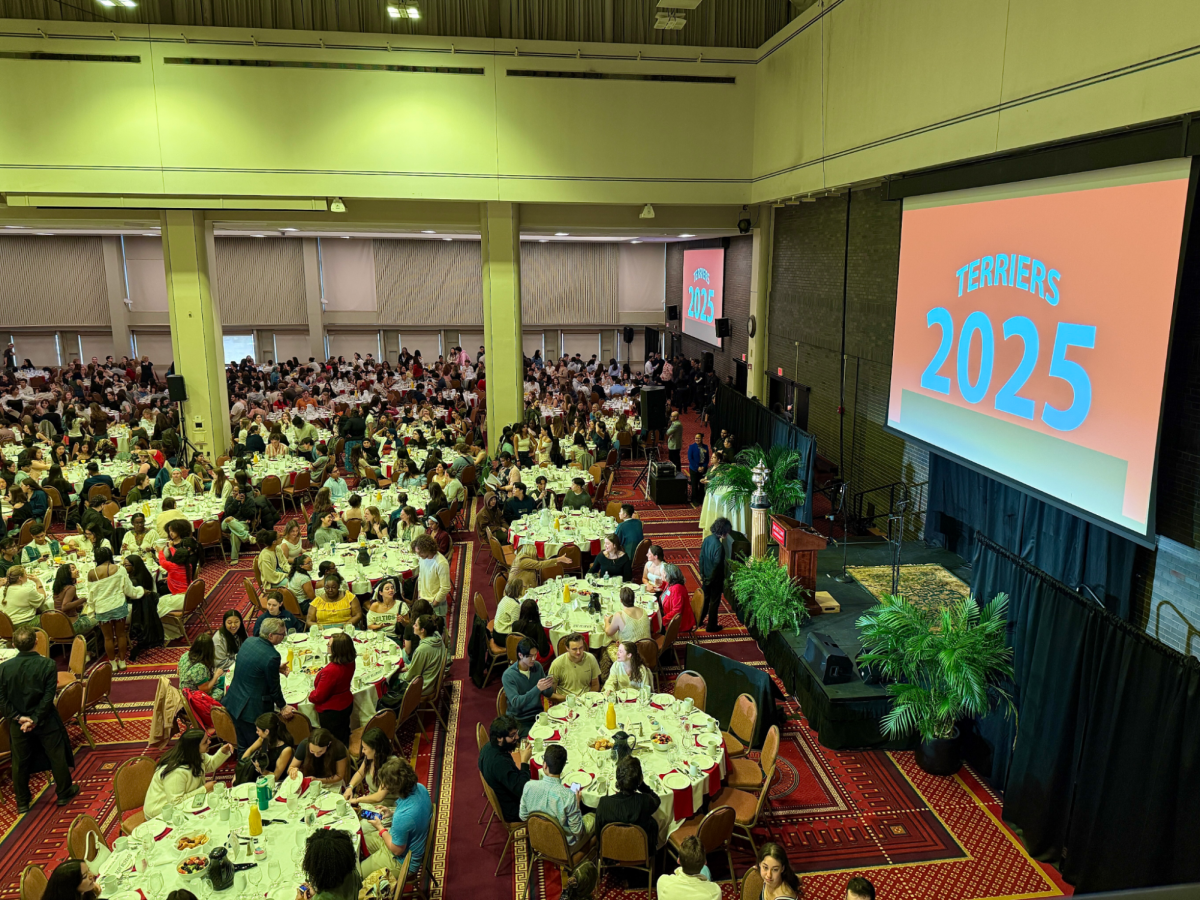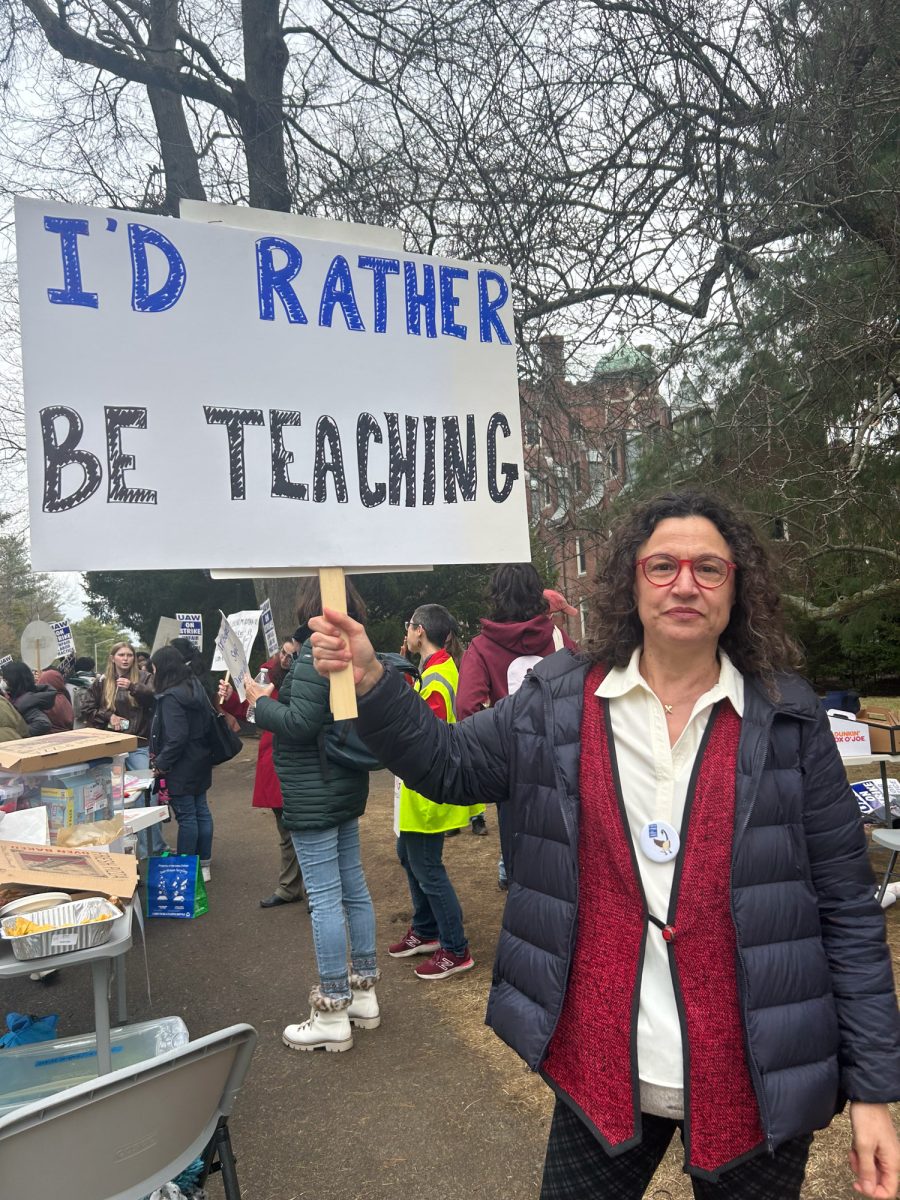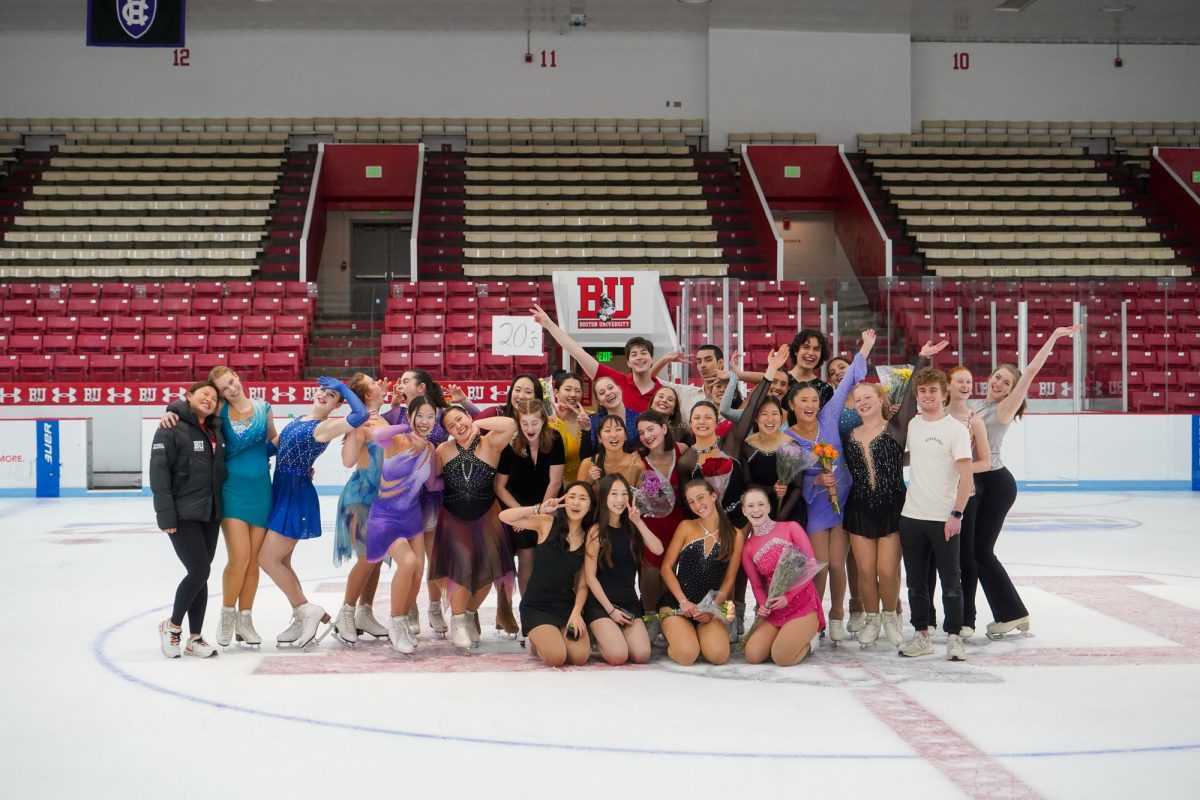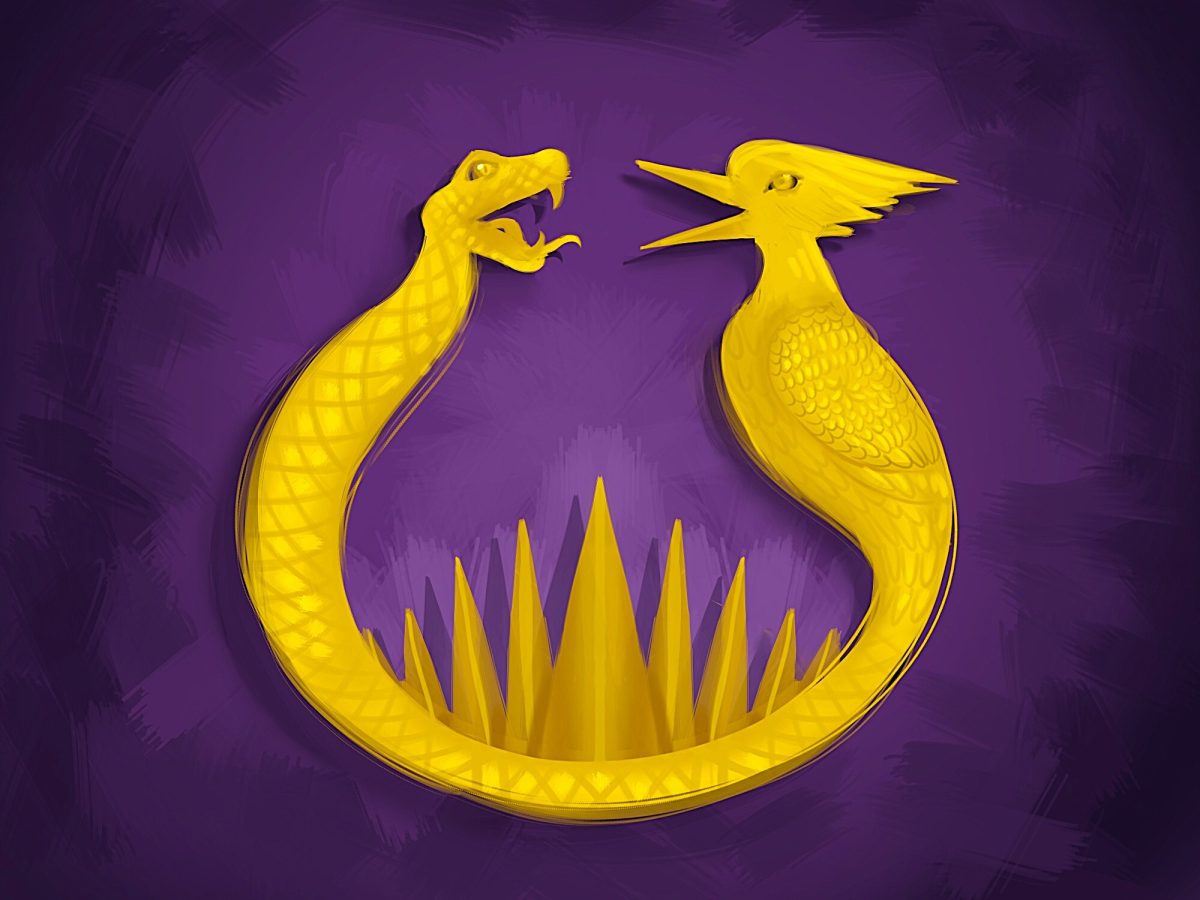Archaeologist Fredrik Hiebert said his feeling of deep personal loss when ancient Afghan treasure were thought to be gone forever in the 1993 bombing of the Kabul Museum was akin to losing a member of his family.
‘ ‘Look well on these photos, because these artifacts are long gone,’ Hiebert recalled his former mentor, archaeologist Viktor Sarianidi telling him.
The lost gold, silver and cultural works were rediscovered in 2003. Hiebert told about 40 attendees Monday at the Boston University Castle of the significance of the treasures in Afghan history and culture that are currently on display at the Metropolitan Museum of Art in New York City.
Hiebert, who also serves as curator of several museums and exhibits across the United States, said the three main treasures rediscovered in Afghanistan included intricately carved chairs, which could be thrones, an ancient Greek colony founded by Alexander the Great in the 3rd century B.C. and six intact burials from 2000 years ago. The burials consist of five princesses, one prince and 21,000 golden artifacts from the Greco-Bactrian empire.
Hiebert said the destruction of the Bactrian gold meant much more than the erasure of a foreign nation’s culture. The treasure added intrigue to his initial fascination with the Silk Road and ancient trading systems.
‘Trade is what makes me tick,’ he said.
‘ ‘Some of the [Bactrian] artistry was so incredible that it looked like it could be from Pompeii,’ he said, referring to the blend between Eastern and Western culture visible in the artifacts. One artifact, for example, looks something like a ‘Bactrian Aphrodite,’ with Greek robes but an Indian beauty mark on the center of its forehead.
Hiebert said he had hoped the Bactrian gold might be retrieved after he received news of a presidential vault in Afghanistan.
‘ Upon opening the vault in 2003, Hiebert discovered that the treasure had been salvaged by an unknown hero who foresaw that it was in danger. The anonymous hero, with the help of about 30 people, none of whom shared the secret with anyone, had relocated 95 percent of the Kabul Museum’s masterpieces.
‘ Students said they came for a variety of reasons.
College of Arts and Sciences sophomores Jessica Cox and Stephanie Molina said they accompanied a friend who was covering the talk for a class, but said they were pleasantly surprised and enlightened.
‘I enjoyed the facts,’ Cox said. ‘Ninety-five percent of the artifacts survived, and it’s interesting to know they’re being shown here in the US.’
CAS junior Cailee Mellen said the narrative was very interesting.
‘Usually lectures are academia based, not on personal experience,’ she said. ‘It definitely opened my eyes to the outside world. I didn’t know about the lost artifacts of the Kabul Museum.’

















































































































